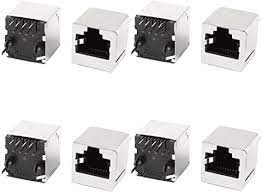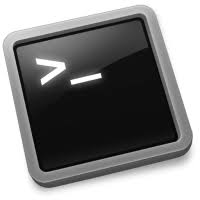Ever wondered how much space you have left on your hard drive? Cannot remember what file format your partitions are? You can use the Linux df command to get some of this data.
This article will give you the heads up on df.
1. Display Disk Usage Using df
erik@debian:~$ df
Filesystem 1K-blocks Used Available Use% Mounted on
/dev/sda1 7850996 4116300 3335884 56% /
tmpfs 258484 0 258484 0% /lib/init/rw
udev 10240 52 10188 1% /dev
tmpfs 258484 0 258484 0% /dev/shm
The example above shows the basic output of the df command. However, the output isn’t very readable.
2. Readable Disk Usage Using df -h
The df -h command will display the partition size in human readable form, G for gigabytes, M for megabytes, K for kilobytes.
erik@debian:~$ df -h
Filesystem Size Used Avail Use% Mounted on
/dev/sda1 7.5G 4.0G 3.2G 56% /
tmpfs 253M 0 253M 0% /lib/init/rw
udev 10M 52K 10M 1% /dev
tmpfs 253M 0 253M 0% /dev/shm
3. Display Partition Types Using df -Th
To display the partition type you can execute the command df -T (with the h for a more user friendly file size).
erik@debian:~$ df -Th
Filesystem Type Size Used Avail Use% Mounted on
/dev/sda1 ext3 7.5G 4.0G 3.2G 56% /
tmpfs tmpfs 253M 0 253M 0% /lib/init/rw
udev tmpfs 10M 52K 10M 1% /dev
tmpfs tmpfs 253M 0 253M 0% /dev/shm
4. Display Dummy File Systems Using df -ah
erik@debian:~$ df -ah
Filesystem Size Used Avail Use% Mounted on
/dev/sda1 7.5G 4.0G 3.2G 56% /
tmpfs 253M 0 253M 0% /lib/init/rw
proc 0 0 0 - /proc
sysfs 0 0 0 - /sys
procbususb 0 0 0 - /proc/bus/usb
udev 10M 52K 10M 1% /dev
tmpfs 253M 0 253M 0% /dev/shm
devpts 0 0 0 - /dev/pts
none 0.0K 0.0K 0.0K - /proc/fs/vmblock/mountPoint
The Linux operating systems uses various virtual file systems shown here, including /proc /sys /dev. These will displayed when using the df -h command.


